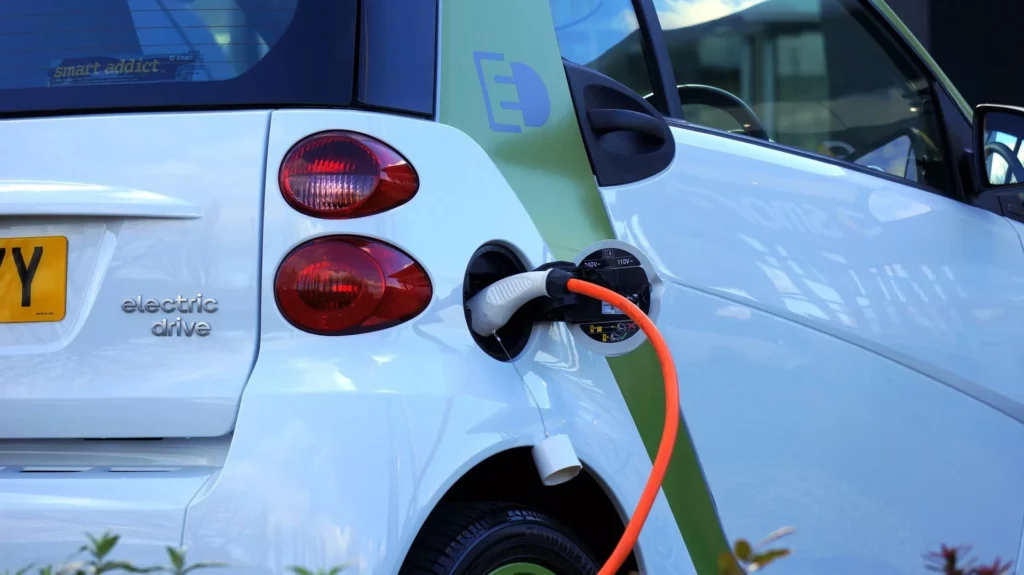The widespread adoption of self-driving cars will create a major bump in carbon emissions without changes to their design, a study from the Massachusetts Institute of Technology has found.
The study found that with a mass global take-up of autonomous vehicles, the powerful onboard computers needed to run them could generate as many greenhouse gas emissions as all the data centres in operation today.
These data centres currently produce around 0.14 gigatons of greenhouse gas emissions per year, equivalent to the entire output of Argentina or around 0.3 per cent of global emissions, according to the researchers.
A similar amount would be generated by one billion autonomous vehicles – fewer than the number of cars in the world today – each driving one hour per day with a computer consuming 840 watts of power.
With growing adoption, these emissions could spiral unless computing power is made more efficient at a significantly faster pace, determined the study, which used statistical modelling to test several possible future scenarios and found this to be true in over 90 per cent of cases.
Emissions from self-driving cars could become “enormous problem”
“If we just keep the business-as-usual trends in decarbonization and the current rate of hardware efficiency improvements, it doesn’t seem like it is going to be enough to constrain the emissions from computing onboard autonomous vehicles,” said Massachusetts Institute of Technology (MIT) graduate student Soumya Sudhakar, who co-authored the study.
“This has the potential to become an enormous problem. But if we get ahead of it, we could design more efficient autonomous vehicles that have a smaller carbon footprint from the start.”
The researchers built their model around four variables: the number of vehicles in the global fleet, the power of each computer on each vehicle, the hours driven by each vehicle and the amount of greenhouse gases emitted per unit of electricity produced.
Sudhakar conducted the study with her co-advisors, associate professors Vivienne Sze and Sertac Karaman, with their findings published in the peer-reviewed journal IEEE Micro.
Emissions come from cars using “20 eyes at the same time”
The high emissions are the result of the huge computing workload placed on each self-driving vehicle. The researchers’ modelling assumes that the vehicles use a similar algorithm to what is popular today – a multi-task learning deep neural network, so called because it can perform many tasks at once.
These neural networks have to process an onslaught of data, simultaneously analyzing the inputs provided by several onboard cameras with high frame rates to allow the car to drive on its own.
The study gives the example of an autonomous vehicle with 10 deep neural networks processing images from 10 cameras. If it drove for one hour a day, that vehicle would make 21.6 million daily inferences, in which the algorithm applies logical rules to analyze new information.
One billion vehicles would make 21,600 trillion inferences. To put that into perspective, the researchers say all of Facebook’s data centres worldwide currently make a few trillion inferences each day.
“These vehicles could actually be using a ton of computer power,” said Karaman. “They have a 360-degree view of the world, so while we have two eyes they may have 20 eyes, looking all over the place and trying to understand all the things that are happening at the same time.”
More specialized hardware could be route forward
To avoid carbon emissions from escalating in line with the growing adoption of self-driving cars, the researchers argue that we will need to improve the efficiency of computer processors more quickly than we currently are so that they consume less energy for the same tasks.
In a scenario where 95 per cent of global vehicles are autonomous in 2050, the study suggests that the technology’s efficiency must double about every 1.1 years, such that each autonomous vehicle is consuming less than 1.2 kilowatts of energy for computing.
This could be done by creating more specialized hardware for driving-related tasks and algorithms. Alternatively, the algorithms themselves could be made more efficient so they use less computing power, although this might mean they are less accurate.
Autonomous vehicles have been touted as the future for moving both people and goods, although their rollout has not come as quickly as some have predicted and several carmakers have recently scaled back their plans for the technology.
Asurza Engineers Ltd. – www.asurza.ca – Ontario, Canada.





